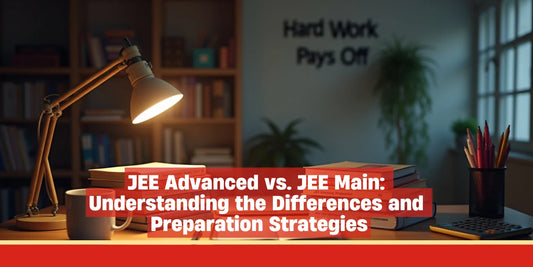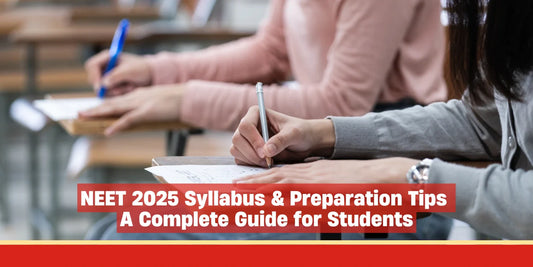The JOSAA (Joint Seat Allocation Authority) admission process is crucial for anyone aiming to secure a seat in one of the top engineering colleges in India, such as the IITs (Indian Institutes of Technology) and NITs (National Institutes of Technology). If you're planning to pursue an engineering degree after completing your 12th science, understanding the admission process is essential. Here’s a simple breakdown to help you navigate through the steps.
1. The JEE Exams: Mains and Advanced
To get into IITs, NITs, and other prestigious institutions, you'll need to clear the JEE exams. These exams are divided into two parts:
JEE Mains: This is the qualifying exam. It’s an eligibility test for JEE Advanced, and it’s held twice a year, usually in January and April.
JEE Advanced: This is the final selection test for IITs, and it only happens once a year. It is a tougher, more competitive exam that determines whether you get into the IITs or not.
After completing your 12th standard in science, you can appear for both exams. The rules for eligibility and the qualification criteria are set by the central government and must be followed carefully.
2. What Does the Exam Look Like?
The exam pattern includes multiple-choice questions (MCQs) and descriptive questions.
MCQs: These questions come with negative marking. For every wrong answer, marks are deducted.
Descriptive Questions: These are long-answer questions, and there’s no negative marking for them.
The total marks for the exam are 300. Your results are presented as percentiles, which reflect your overall performance relative to other candidates.
3. After JEE Mains: Moving to JEE Advanced
Once you qualify for JEE Mains, you are eligible to appear for JEE Advanced. Only those who pass JEE Advanced are eligible to join IITs. However, if you don’t qualify for JEE Advanced or if your marks are not high enough, you can still get into other top engineering colleges such as NITs and GFITs based on your JEE Mains score.
4. The Role of JOSAA Counselling
Once the exams are over, the admission process moves into the JOSAA Counselling stage. This process happens in six rounds, where candidates are allocated seats in different colleges based on their JEE Mains or Advanced scores and preferences. During these rounds, you will be offered a seat in your chosen institute if your rank matches the seat availability.
5. What Happens if You Don’t Get the College You Want?
If you don’t get the college you prefer or choose not to accept the seat allocated to you, there’s still a chance to find another opportunity. After the main rounds of JOSAA, a special vacancy round is conducted by CSAB (Central Seat Allocation Board). This round fills any vacant seats from cancellations, offering another opportunity for candidates to secure a spot in a college. For example, if a student chooses a seat in COEP (College of Engineering Pune) over IIT Roorkee, the seat at IIT Roorkee becomes vacant and will be filled by candidates through the CSAB process.
6. IIT Fees and Scholarships
IITs are government institutions, and while the fees for hostel and other expenses range from ₹10 to ₹14 lakh for four years, there are several scholarship opportunities for students from economically weaker sections. These scholarships help ease the financial burden on deserving students. You can find more details about these scholarships on the official website of the respective IITs.
The JOSAA admission process may seem complex, but with proper planning and preparation, you can navigate through it smoothly. Focus on performing well in the JEE exams, keep track of the counselling dates, and explore all possible opportunities to secure your place in a prestigious engineering college.
Good luck with your preparations!










